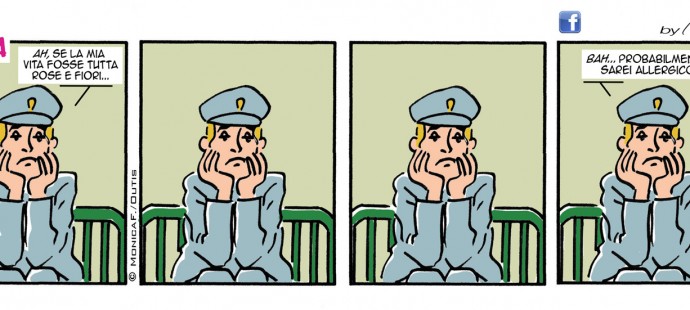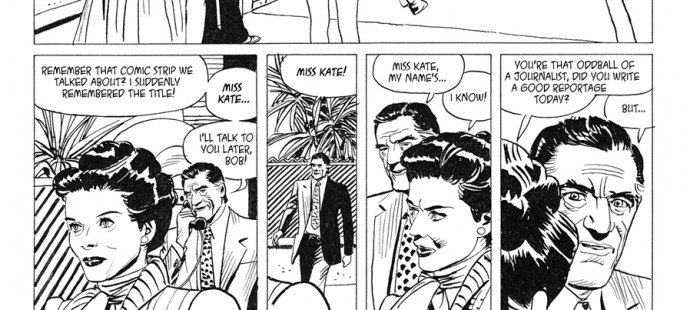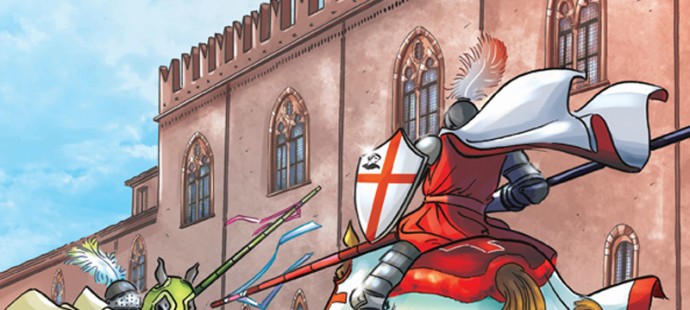
July Xtina last strip
Xtina the last strip for July, is a comic-strip created by Monica Xtina comic strips are centered on the life of Xtina in her work as assistant in a Museum. Xtina’s chronicles the ...

Xtina the last strip for July, is a comic-strip created by Monica Xtina comic strips are centered on the life of Xtina in her work as assistant in a Museum. Xtina’s chronicles the ...

The adventures of The reporters (new episode #3), two T. V. journalists whose jobs lead them to come up against major and minor dramas. To give an idea of the style, their stories ...

Anna e Mathias weekly page by adventure in Venice “un inferno a Venezia”. Album #2, fall 2016 SERIE: Mathias STORY/ART: Giancarlo Malagutti GENRE: Adventure/Mystery/Thriller/Fantasy TARGET READERSHIP: All ages, both sexes SETTING: Well known ...

Sciuscia movie, Shoeshine (Italian: Sciuscià [ʃuʃˈʃa], from Italian pronunciation of the English) is a 1946 Italian film and the first major work directed by Vittorio De Sica. In it, two ...

Mantua (/ˈmænəweɪ/ man-ə-way) is a village in Portage County, Ohio, United States. It was formed from portions of Mantua Township in the Connecticut Western Reserve. The population was 1,043 at ...